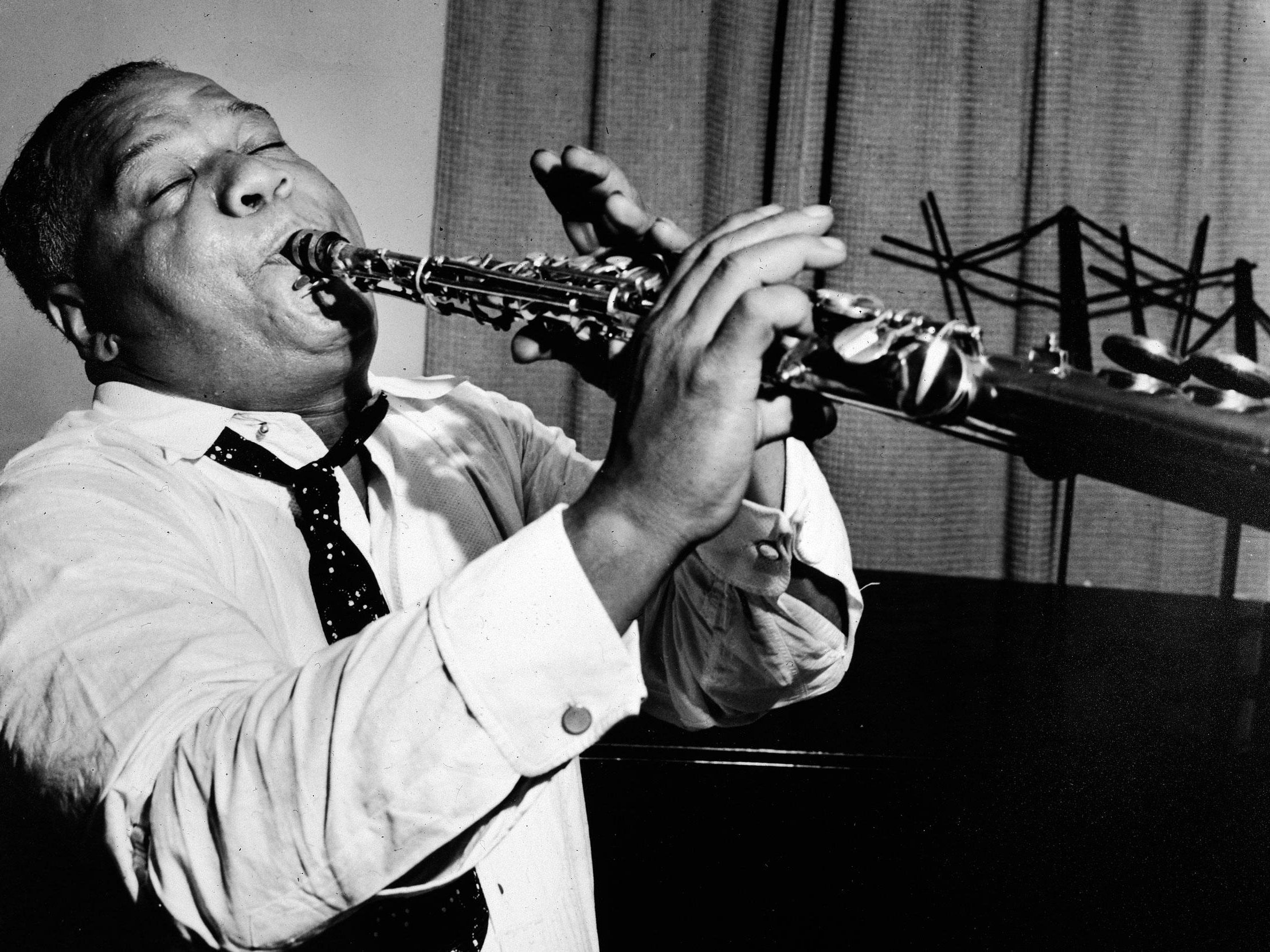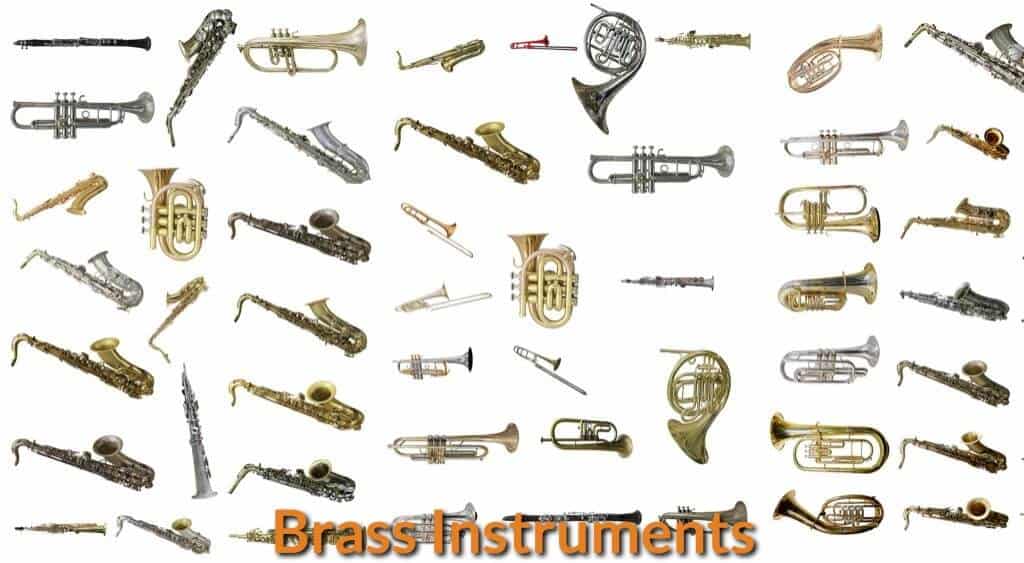The Musical Element
Jazz music is an old genre of music. It originated in the second half of the 19th century, in New Orleans. New Orleans, at the time, was one of the only cities to allow its slaves to own drums. After slavery was abolished, many slaves found jobs as musicians and began composing what would be known as early era jazz, which incorporated a spirit of freedom and expression. Jazz mainly incorporated the rhythm and blues elements commonly found in west african music, and the harmonic styles of European music, while also use church hymns and slave songs. Jazz broke through the mainstream in the 1890s when a precursor of modern Jazz, ragtime, caught the ears of whites. One of the most famous ragtime artists was Scott Joplin, who composed 44 original pieces before his death in 1917. Other artists started to add improvisations to ragtime, which would become a key element in jazz. Jazz exploded in popularity in the 1920s, when the music made its way to Europe, and new dances were created. This gave overnight success to jazz artists such as Louis Armstrong. Following the Great Depression, jazz continued to evolve into new styles and subgenres, and cemented its status as one of the most influential music genres.

In Jazz music, there is a wide variety of instruments that are found in almost all Jazz Songs. Some of the most commonly used Jazz instruments include Drums and Double Bass, which provide the foundation of most jazz songs, and Saxophone, Piano, Trumpet, Trombone, Clarinet, and occasionally electric guitar are on the front line and give the song its principal melody. However, like rock music, the instrumental elements can vary depending on the subgenre of Jazz. For instance, Hard Bop and Soul Jazz incorporate elements of gospel in its music, and generally have a more overt blues influence, with funkier sounds and a more prominent rhythm. Another subgenre of Jazz Music include big band music and Swing music. These subgenres incoporated large groups of up to 20 or more musicians that play ensemble passages and contain large solo sections to entertain audiences. Additionally, the drums are usually the only rhythmic instrument in Swing Music, which gives it a unique aesthetic. Swing music and Big Band also saw the rise of the tenor saxophone, which became a key and versatile instrument in Jazz music today.

When it comes to the technical elements of jazz, they can be pretty unique and make Jazz distinguishable from other forms of music. The average tempo of a jazz piece can range anywhere from 50-300 beats per minute, an incredible range. Slow jazz pieces, known as "ballads" can be as slow as 50bpm. The average coffee-shop, classic jazz you'd regularly hear can range from 120-130 bpm. However, other subgrenres such as bebop can reach a speedy 300bpm in some parts. When it comes to time signature, jazz songs also usually use a 4/4 time, because it allows for more rhythmic variations within a bar of music. As for the keys used, the most popular keys in jazz are G Major and B-flat Major. The reason why these keys are so popular in jazz music is because "horn" instruments (such as french horn, trumpet, etc.) are transposing instruments* that are pitched in E-flat and B-flat, so these keys allow them to play with ease. For instance, a song written in B-flat Major would mean that the horn instruments would be playing in C, which is an easy key to play for horn instruments. When it comes to the dynamics of a jazz song, a swing music-type jazz song generally have a friendly and fun groove, while other genres such as bebop are more energetic and are generally faster in pace.
